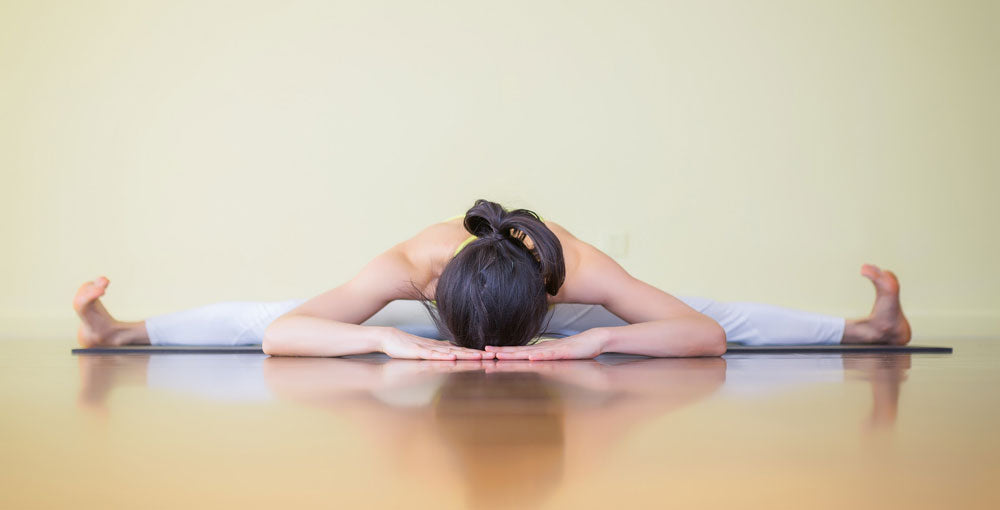
Myth 1: A lot of or strenuous exercise is necessary to achieve the effect of lowering blood sugar and losing weight.
Be careful not to exercise too much or choose strenuous exercise. It is recommended that you feel relaxed and not tired after the activity.
The time and intensity of exercise should be determined based on factors such as the patient's age, physical strength, cardiopulmonary function, amount of previous exercise, and degree of blood sugar control.
Fatigue after high-intensity exercise can cause excitement in the nervous system, which in turn can increase blood sugar.
At the same time, during strenuous exercise, the body is in a state of hypoxia, and anaerobic metabolism will produce a large amount of acidic products, leading to an imbalance in acid-base balance and a decrease in the body's immune ability.
Moderate-intensity exercise increases glucose utilization, increases insulin sensitivity, improves insulin resistance, and helps lower blood sugar.
Misunderstanding 2: As long as you exercise every day, you don’t need to see the results.
Exercise for diabetics is not just an ordinary exercise, but a form of treatment.
Exercise therapy can achieve the effects of lowering blood sugar, lowering blood lipids, improving cardiopulmonary function, happy mood, and controlling weight.
Exercise plans and exercise methods should be evaluated regularly, and the exercise plan should be adjusted in a timely manner after comprehensive analysis.
Finally, find a form of exercise that suits you and can stick to it for a long time, and implement it consistently.
Misunderstanding 3: Tomorrow I want to learn from XX and run five kilometers with him
The choice of exercise form should be based on the individual's specific circumstances, including age, gender, physical strength, functional status of important body organs, weather changes, activity conditions, etc.

You should also choose a form of exercise that is convenient, feasible, and sustainable for the long term based on your personal hobbies.
For example, patients with waist and knee joint pain can choose to do exercises in situ or with the help of community fitness equipment, rather than walking and running for a long time.
Misunderstanding 4: If you take medication, you don’t need to exercise, or if you exercise, you don’t need to take medication.
It is wrong to think that since you are already taking anti-diabetic drugs, you do not need to exercise anymore.
Physical exercise can not only burn calories, but also lower blood sugar and reduce weight.
Therefore, exercise itself is a kind of hypoglycemic therapy, especially exercise after meals, which can effectively lower blood sugar.
Exercise can help hypoglycemic drugs work better.
Misunderstanding 5: Exercise when you want to or only when your blood sugar is high

Irregular exercise cycles, lack of persistence, or exercising when you want to and exercising only when blood sugar is high are harmful to diabetic patients.
Irregular exercise only helps control blood sugar after the meal before exercise, but has no effect on blood sugar at other times, and blood sugar control will not achieve satisfactory results.
Regular exercise can increase insulin sensitivity, improve insulin resistance, and help reduce blood sugar and glycated hemoglobin levels.
Myth 6: You can exercise at any time
Some people with diabetes like to exercise on an empty stomach in the morning, which is very wrong.
Because exercise requires energy, lack of energy can cause dizziness, rapid heartbeat, cold sweats, and other problems. In severe cases, sudden death may occur.

In addition, the morning weather in autumn and winter is cold, and the low temperature stimulates the secretion of glucagon hormones such as epinephrine and thyroid hormone in the body, aggravating hyperglycemia; cold air will also increase the chance of respiratory infections and aggravate the condition.
Therefore, you should start exercising about 1 hour after a meal, and the interval between insulin injection and exercise should be at least 1 hour. If it is less than 1 hour, avoid injecting insulin into frequently active parts, and inject insulin into the abdomen.
Misunderstanding 7: Warm-up exercises are optional and do not need to be done
Warm-up preparation activities are a necessary step in fitness.

Warming up before activities can increase body excitement, reduce muscle viscosity, increase joint flexibility, and avoid sports injuries.
Therefore, it is really important to keep your mouth shut. Even so, it cannot stop the foodies of us sugar lovers. After eating, get moving!

